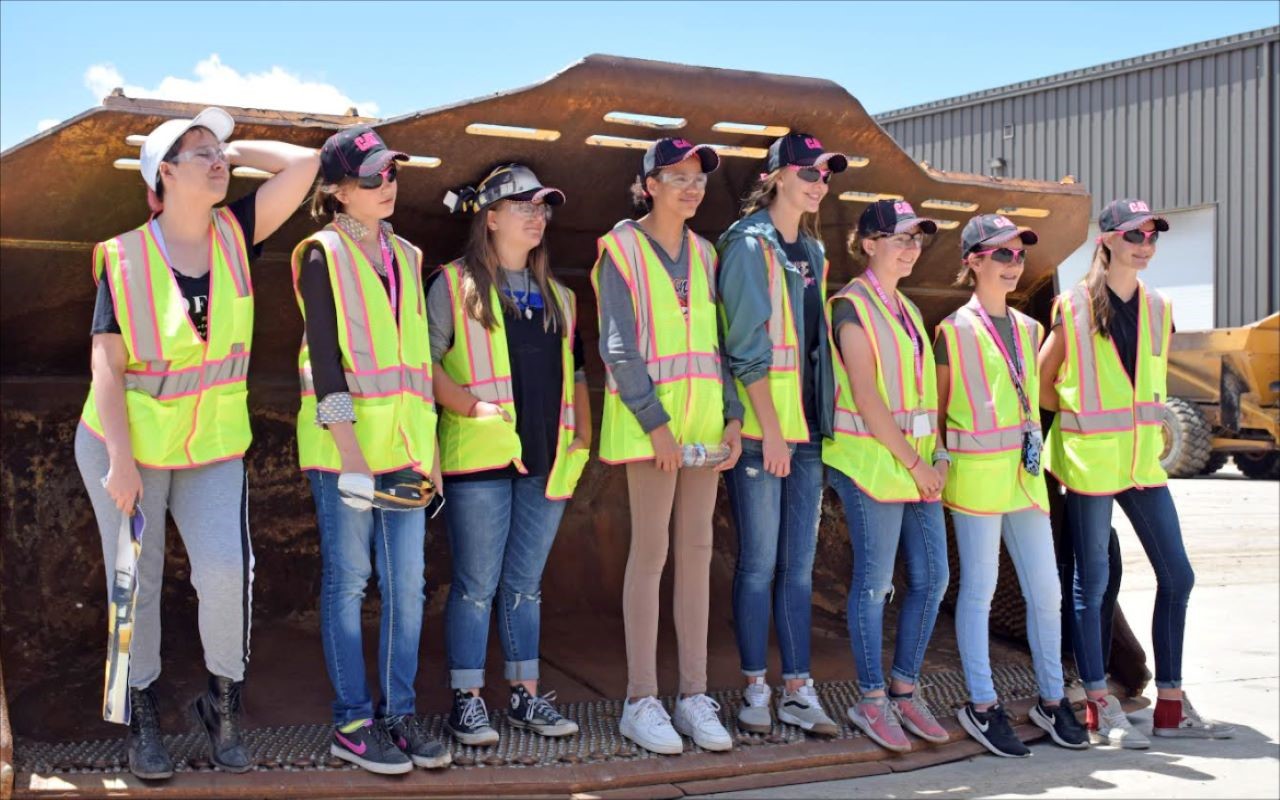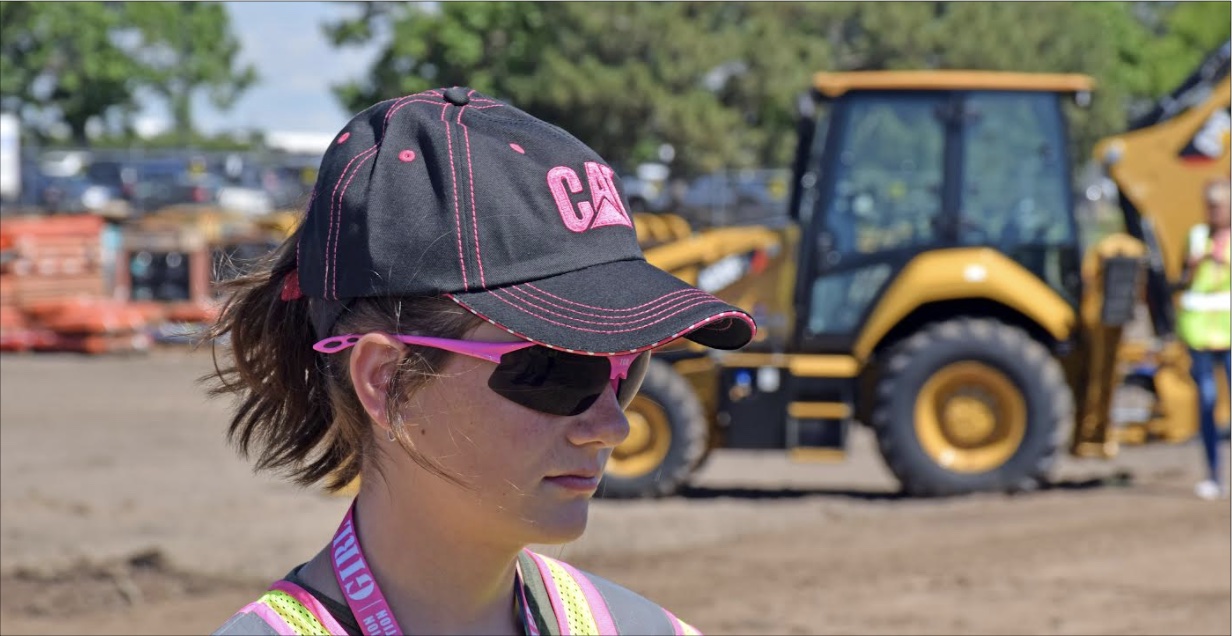Recruiting Women Can Solve the Skilled Workforce Shortage

By Christy Crook
Republished from Construction Executive, August 18, 2021, a publication of Associated Builders and Contractors. Copyright 2021. All rights reserved.
The U.S. construction industry temporarily came to a halt at the start of the pandemic. Thankfully, many leaders realized the essentialness of construction work and allowed projects to restart. However, according to Associated Builders and Contractors (ABC), the global health crisis cost the commercial construction industry more than one million workers. As of June 2021, ABC reported an 80% rebound in employment, with a shortage of between 200,000 to 400,000 workers still needed to close the pre-pandemic hiring gap.
 With workers in high demand, now is the time for more women to join our industry. A recent survey of more than 1,000 women construction workers found that nearly eight in 10 love their jobs and that their managers treat them respectfully. Despite these findings, and although women comprise 47% of the U.S. workforce, only 10.9% are in the construction industry.
With workers in high demand, now is the time for more women to join our industry. A recent survey of more than 1,000 women construction workers found that nearly eight in 10 love their jobs and that their managers treat them respectfully. Despite these findings, and although women comprise 47% of the U.S. workforce, only 10.9% are in the construction industry.
The stereotypes, barriers, and obstacles that women face in our industry are no secret. But a turning point occurred in 1998 with a legal victory in the Jenson v. Eveleth Taconite Co. lawsuit, a class-action settlement that established a civil rights precedent on hostile work environments for women in construction. Sadly, too many young women today are unaware of this groundbreaking case.
Being unaware of this ruling doesn't excuse the lack of women currently working in construction. It's also important to note that the gender pay gap in commercial construction is virtually nonexistent, with women earning 99.1% of what their male counterparts make. That’s 10 percentage points higher than the national gender wage gap of all other industries combined.
With a massive shortage of workers and with construction projects booming, now is the time to make a change. Construction jobs are reliable, and they pay well, with income potential up to 30% higher than more traditional female-dominated careers. Moreover, according to some industry statistics, women can secure a leadership role in construction in much less time than competing industries.
HOW TO BEGIN CHANGING THE CULTURE
 Many women are hesitant to join the construction industry because of a lack of education, training and apprenticeship opportunities. However, this is rapidly changing as an increasing number of industry trade groups and nonprofit organizations develop attainable pathways to entry-level construction jobs. The National Association of Women in Construction (NAWIC) promotes dozens of national programs and resources dedicated to developing the next generation of female construction employees. Furthermore, dozens of influential regional nonprofits, such as Transportation and Construction (T&C) GIRL, are filling the gap with outreach and model programs designed to educate young women about financially stable careers in the transportation and construction industries.
Many women are hesitant to join the construction industry because of a lack of education, training and apprenticeship opportunities. However, this is rapidly changing as an increasing number of industry trade groups and nonprofit organizations develop attainable pathways to entry-level construction jobs. The National Association of Women in Construction (NAWIC) promotes dozens of national programs and resources dedicated to developing the next generation of female construction employees. Furthermore, dozens of influential regional nonprofits, such as Transportation and Construction (T&C) GIRL, are filling the gap with outreach and model programs designed to educate young women about financially stable careers in the transportation and construction industries.
One of the most important keys to getting women into construction is creating a pipeline. Lots of training exists. But if girls never know that training could be for them, we will continue to have a shortage of women in the industry. T&C GIRL is committed to teaching girls aged eight to 23 years about careers that exist in the construction industry. T&C GIRL President Keller Hayes is bullish on the future of women in construction.
THIS IS OUR CHANCE
As the pandemic begins to wane, a few extraordinary workforce developments are threatening to alter the status quo across multiple industries. Essentially, many employees have chosen to forego returning to their previous jobs. The restaurant and hospitality industry has taken a particularly hard hit. It’s as if the pandemic gave people time to reassess and reevaluate their lives and careers. Although labor shortages aren’t solely a construction industry problem, the sector could benefit from dissatisfied workers looking for better opportunities. To remain competitive, some commercial construction outfits have increased entry-level wages by 40%, double the previous average hourly rate of a restaurant or hotel worker.
For women in the workforce, the construction sector seems ready for an influx of female employees who see growth opportunities. As Anne Pfleger, the NAWIC president, recently said, “Construction is no longer a male-dominated industry, but a male-populated industry.” Let’s hope her message is heard and resonates with an entirely new generation of female construction workers.
Photo credits: Transportation & Construction GIRL